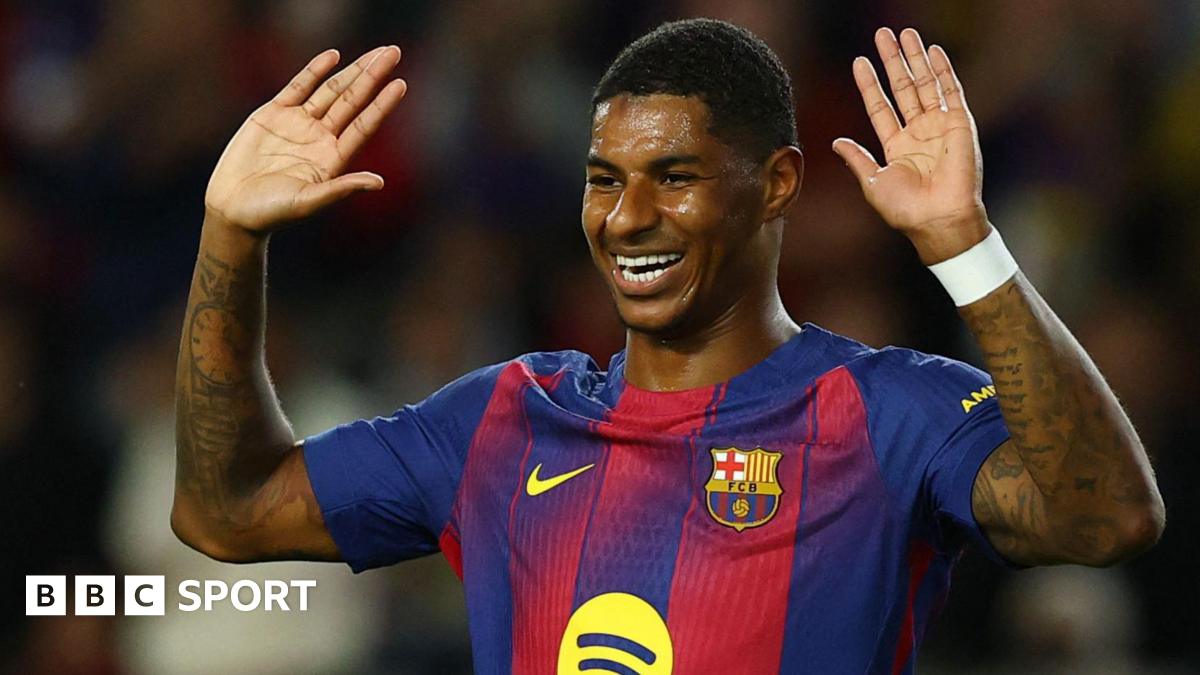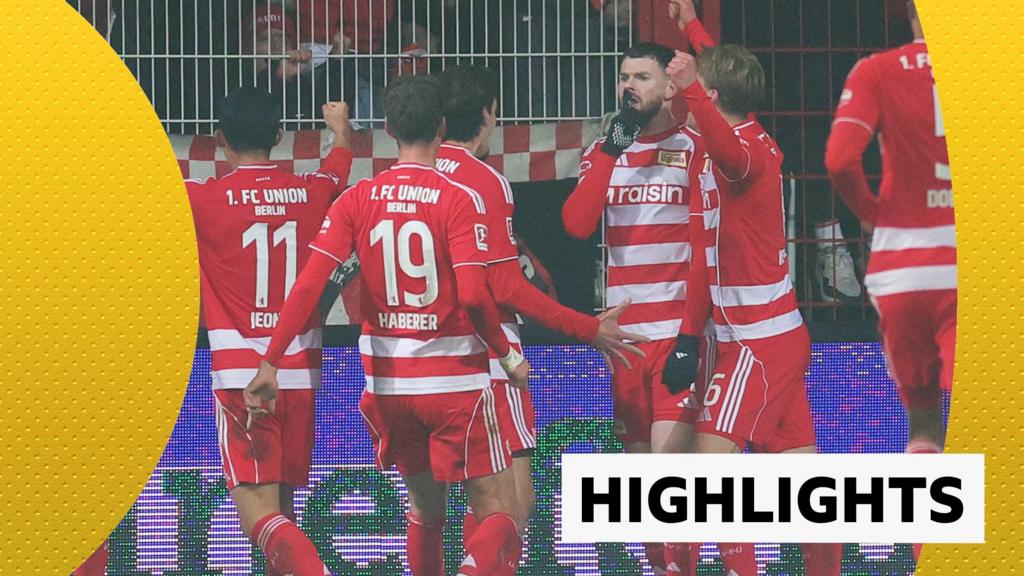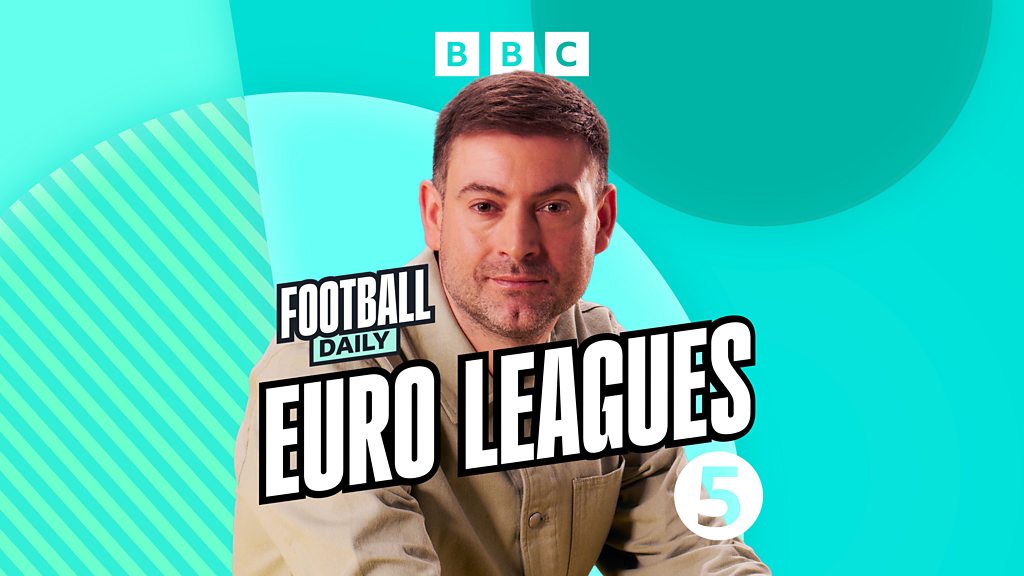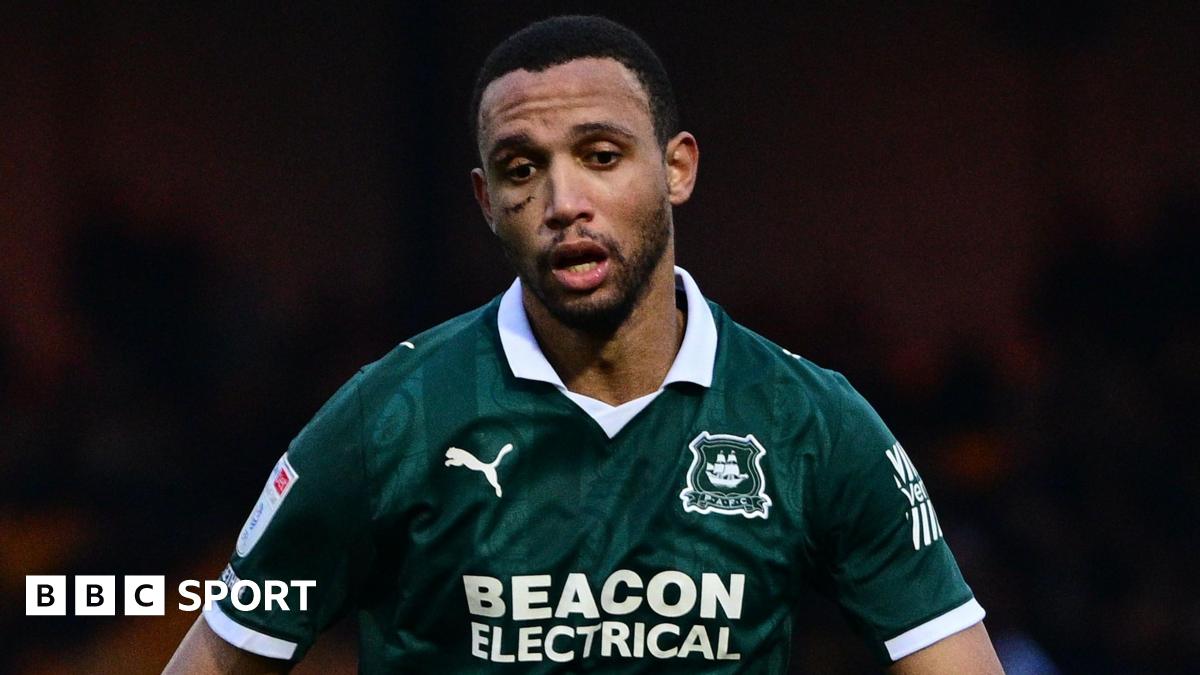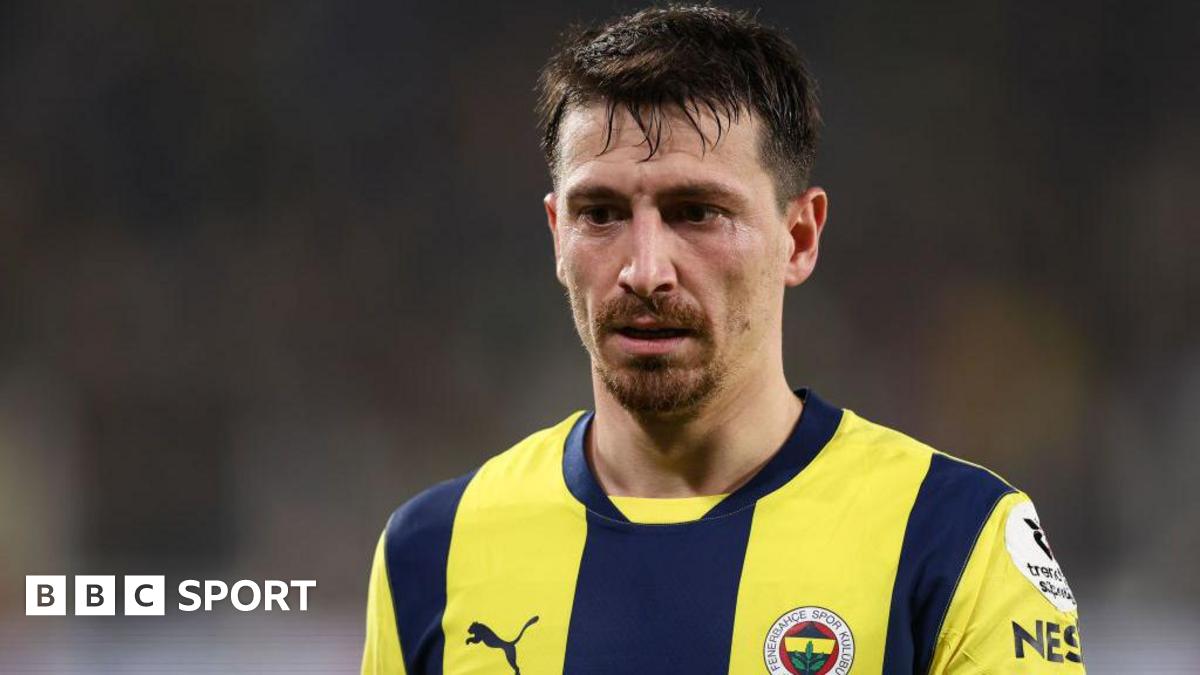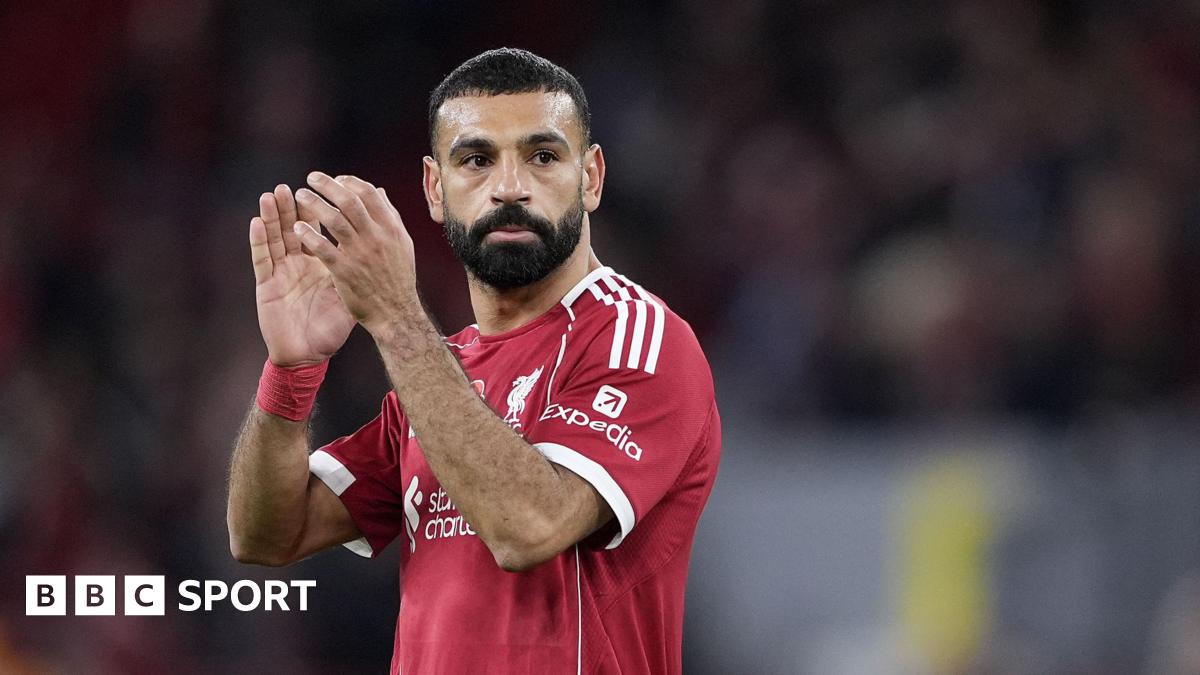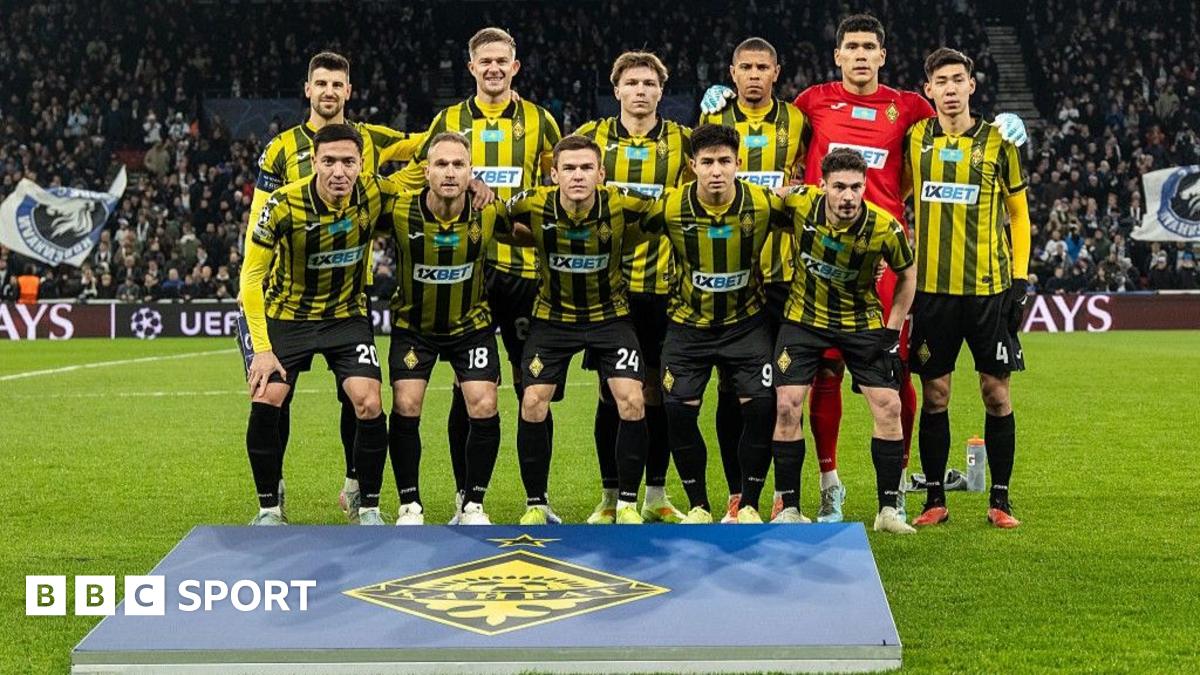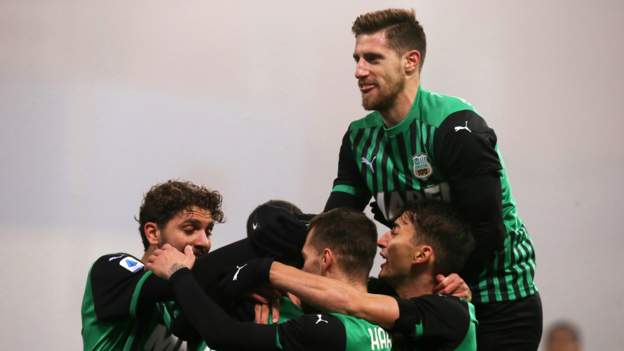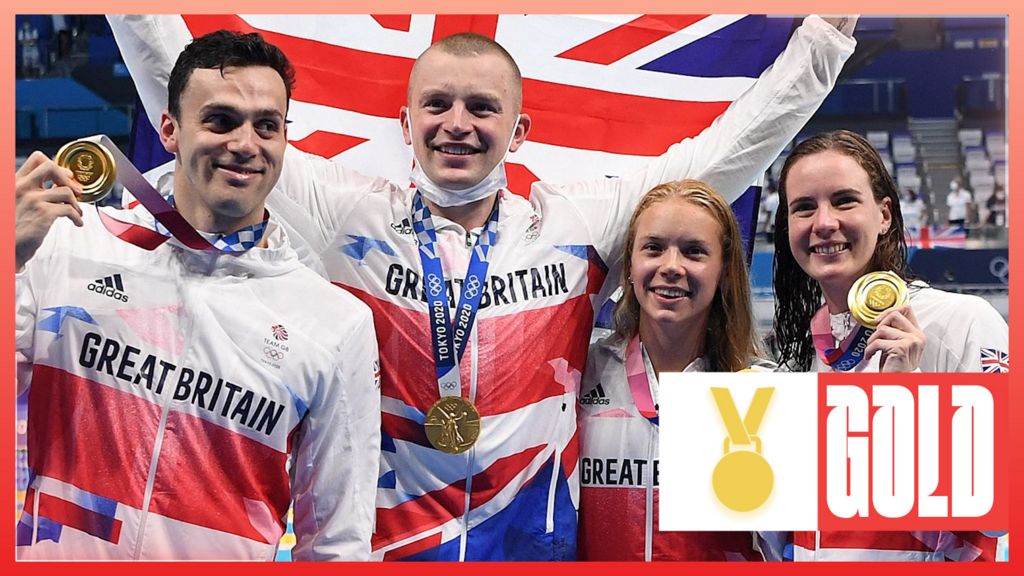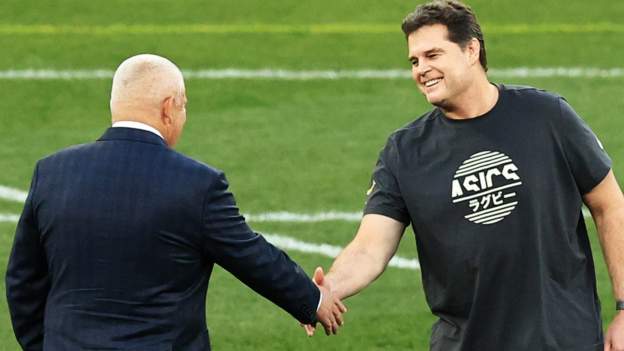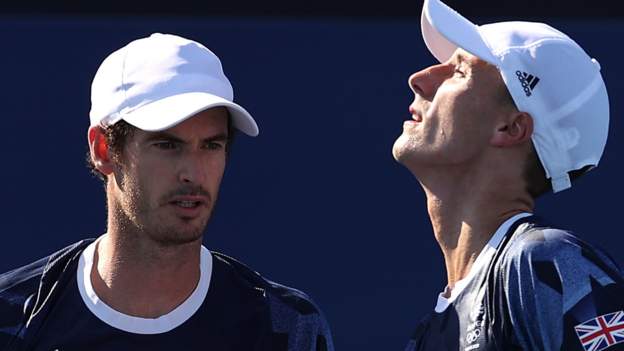Sassuolo are giving the established powers of Serie A a shake-up.
A side who, just 14 years ago, played in the fourth tier of Italian football, currently sit fifth in the top flight. In mid-November, they were as high as second.
On Sunday they travel to perennial Serie A champions Juventus, who sit one place above them in the table.
So can the smallest town to host a Serie A club since World War Two trip up the Italian giants, the winner of the past nine titles? And can they do even more in the long term?
Built by a chemicals and cycling boss
A town with just a population of 40,000, Sassuolo sits between Modena and Reggio Emilia in the heart of industrial Emilia Romagna.
After sponsoring the club for one season, Giorgio Squinzi – the owner of building chemicals company Mapei, a cycling fanatic and an AC Milan fan – bought the club in 2003.
Still a fourth-tier outfit in 2006, the Neroverdi clinched Serie A promotion in 2013 after five years in Serie B – during which they had suffered two play-off semi-final defeats.
Squinzi died at the end of 2019, but his legacy continues in how the club operates – on and off the pitch.
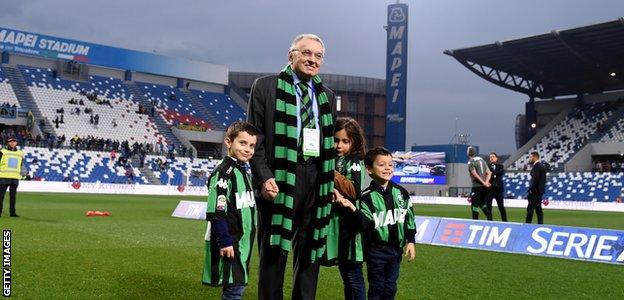
“Never stop pushing on the pedals,” was the motto Squinzi followed in his pursuit of perfection.
During his 10 years in professional cycling, he took the Mapei team to the top of the UCI ranking eight times, dominating the Classics and World Championships and, through Danish rider Tony Rominger, winning the 1994 Vuelta a Espana and the 1995 Giro d’Italia.
After getting out of cycling in 2002, Squinzi applied the same philosophy to football, choosing the town that hosts Mapei’s main production plants.
He gave Sassuolo financial stability and instilled a hard work ethic, complemented by a professional structure, a valuable scouting system and a state-of-the-art training centre, which was completed in 2020 to coincide with the club’s 100th anniversary.
The result is a 45,000 sq m complex with six football pitches, indoor training facilities, one swimming pool and a medical area, built in 14 months for 12m euros (£10.76m).
“Mapei is bound to sport and shares its values: team effort, pursuit of excellence, passion and enthusiasm,” Squinzi said in June 2019 when presenting the project, one he didn’t live to see completed.
“The same ethic applies to our company and club: we invest to always achieve bigger targets.”
The club’s ambition has seen them move home twice during their rise up the divisions. In 2008, they left their 4,000-capacity Stadio Enzo Ricci to play home games in Modena, 20km to the north east.
Then in 2013, on promotion to Serie A, they moved in with Reggiana, just over 25km to the north west. Within months, Squinzi had bought Reggiana’s home and renamed it Mapei Stadium. In doing so, Sassuolo became the first Serie A club to own their home stadium.
Entertainment and a manager in demand
Alongside progressive infrastructure off the pitch is a free-flowing style on it.
The Neroverdi are a spectacular side to watch, with an entertaining idea of attacking football and a tendency to score and concede with similar generosity.
| 1998 – promoted from non-professional Serie D |
| 2006 – promoted to third tier Serie C1 |
| 2008 – promoted to Serie B |
| 2013 – promoted to Serie A |
| 2016 – qualify for Europa League, going out at group stage |
Last year they contributed to the fireworks of a 3-3 draw and a 4-3 loss against Inter, while this season they have scored at least three goals in five matches and conceded at least as many on four occasions.
Their top asset seems to be manager Roberto de Zerbi, an AC Milan youth product. He is following in the footsteps of previous bosses Stefano Pioli, Massimiliano Allegri and Eusebio di Francesco, who gained experience at Sassuolo before imposing themselves elsewhere.
The 41-year-old has been a man in demand. Last summer he refused Roma’s offer of a three-year contract, instead extending his deal with the Neroverdi for one more season. In December, he turned down a three-year contract offer from Spartak Moscow. Many sighs of relief were breathed in the Sassuolo board room.
Dogmatic in his idea of high pressing and frequent, close range passing, he was adamant his project shouldn’t be left unfinished.
“He fits perfectly to us; I know him well and he really is a special person,” Sassuolo chief executive Giovanni Carnevali recently told Sky Italia.
“He is the ideal manager to improve young players, but can also work with established ones.”
The star from five-a-side and big-club connections
De Zerbi’s squad combines experience with youth. The knowhow comes from a cluster of thirtysomethings – goalkeeper Andrea Consigli, Italy striker Francesco Caputo and captain Francesco Magnanelli, who recently celebrated his 500th appearance for the club.
Among the younger players backing that up are former Chelsea winger Jeremie Boga, Italy internationals Manuel Locatelli and Domenico Berardi, and loanees Maxime Lopez and striker Hamed Junior Traore, the older brother of Manchester United’s latest signing Amad Diallo.
The club’s management has benefited from direct relationships created with a few big clubs in Italy and Europe, opening up lucrative opportunities.
There are strong connections with Juventus, with several players moving between the clubs, and also with Inter, to whom Sassuolo sold Stefano Sensi and Matteo Politano. Sassuolo can claim good links with Barcelona too; Brazilian centre-back Marlon arrived from the Nou Camp in 2018, and midfielder Kevin-Prince Boateng was loaned to the Spanish giants in 2019.
The same applies for Boga and Chelsea, too. “Our scouts had been following him for a while, but we could sign him ahead of others due to our friendly and direct relationship to the Blues management,” Carnevali said in November.
Some of the biggest names in Europe are now after the Ivorian winger.
More important than any signing, though, has been the ability of De Zerbi and the club to persuade Berardi to stay put. Now 26 and a recent father, Berardi has come close to joining Juventus and Inter in the past. He has put some turbulent years behind him and matured, while becoming the club’s all-time top scorer with 95 goals in 275 games.
It was a chance encounter that brought him to Sassuolo. Aged 16, he visited his brother, at that time in Modena for his studies, and took part in a five-a-side game. He was noticed by a friend of a Neroverdi scout, who convinced him to invite the teenager for a trial. Ten years on, Berardi is worth more than 30m euros and is a part of Roberto Mancini’s national team, having scored three times for Italy in 2020.
“We would like him to become the symbol of our club,” Carnevali said last summer. “We have had many offers for him, but we can’t sell our best players and he’s one of them.”
Squinzi’s ambition continues after his death, personified by the ongoing involvement in the club of his son Marco.
“Our dream is the Champions League. I don’t like to participate, I like to win. I got spoiled in cycling and I want to continue in football,” Squinzi said in 2017 – and reiterated it many times.
So could the Champions League be next? Don’t bet against it.

